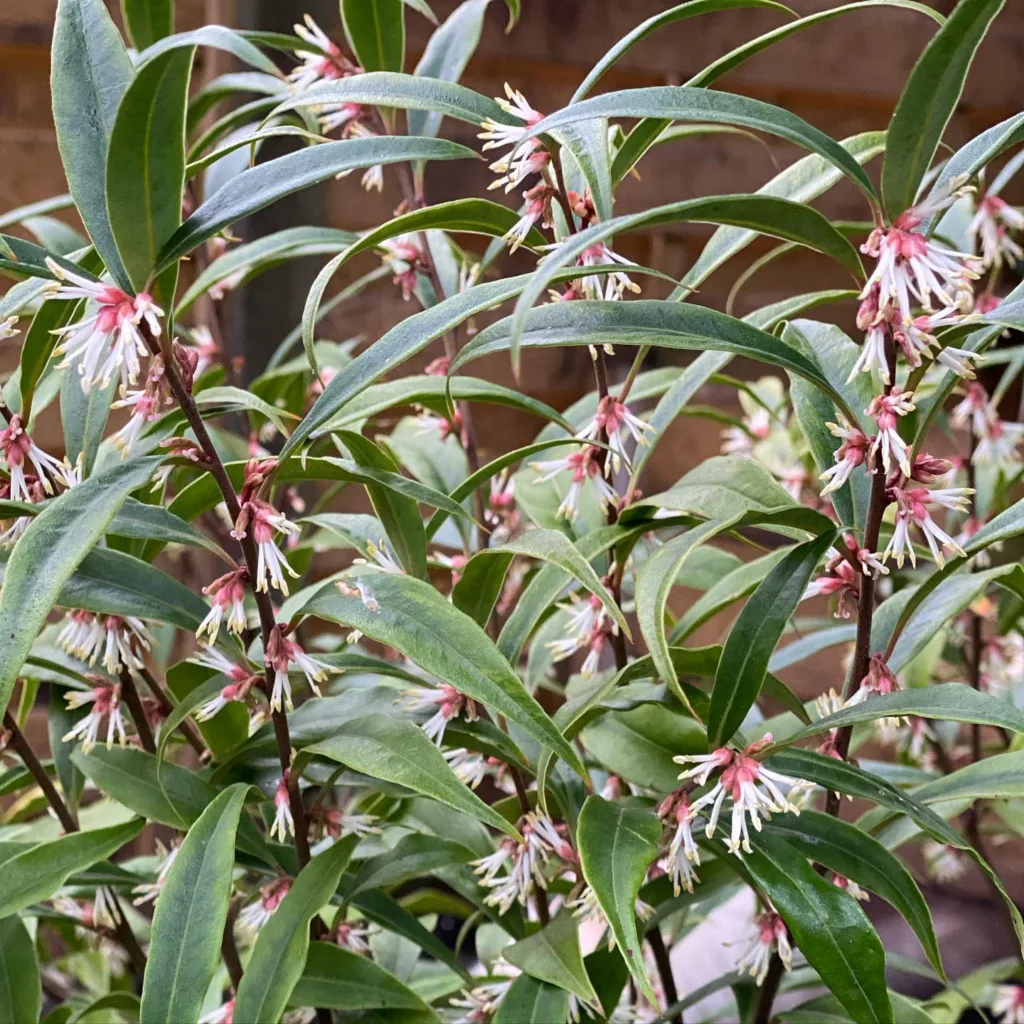Coryphantha: My Prickly Passion
I’m Ferb Vu, and I’ve always been drawn to the unique beauty of cacti. Their resilience, their diverse forms, and their surprising bursts of color have always fascinated me. But among the many genera belong to the Cactaceae family, there’s one that holds a special place in my heart: Coryphantha.
These “beehive cacti,” as they’re often called, are native to the arid regions of North America, from Mexico up through the southwestern United States. They’re relatively small, typically globular or columnar in shape, and they boast a unique feature that sets them apart: their flowers bloom from the crown of the plant, giving them their name, which translates to “flowering on the top.”
A Diverse Genus
What truly captivates me about Coryphantha is the sheer diversity within the genus. There are dozens of recognized species, each with its own distinct characteristics. Some, like Coryphantha compacta, hug the ground, forming tight clusters of stems. Others, like Coryphantha elephantidens, grow taller, their stems resembling miniature green barrels.
The spines, too, offer incredible variety. Some species have long, needle-like spines, while others have shorter, more comb-like spines. And the colors! They range from the classic white and yellow to deep reds and browns. This diversity makes collecting and studying Coryphantha a constantly rewarding pursuit.
Here’s a list of some of Coryphantha species:
- Coryphantha clavata (Scheidw.) Backeb.
- Coryphantha compacta (Engelm.) Orcutt
- Coryphantha cornifera (DC.) Lem.
- Coryphantha delaetiana (Quehl) A.Berger
- Coryphantha delicata L.Bremer
- Coryphantha difficilis (Quehl) Orcutt
- Coryphantha durangensis (Runge ex K.Schum.) Britton & Rose
- Coryphantha echinoidea (Quehl) Britton & Rose
- Coryphantha echinus (Engelm.) Orcutt
- Coryphantha elephantidens (Lem.) Lem.
- Coryphantha erecta (Lem. ex Pfeiff.) Lem.
- Coryphantha georgii Boed.
- Coryphantha glanduligera (Otto & A.Dietr.) Lem.
- Coryphantha glassii Dicht & A.Lüthy
- Coryphantha gracilis L.Bremer & A.B.Lau
- Coryphantha hintoniorum Dicht & A.Lüthy
- Coryphantha jalpanensis Franc.G.Buchenau
- Coryphantha kracikii Halda, Chalupa & Kupčák
- Coryphantha longicornis Boed.
- Coryphantha maiz-tablasensis Fritz Schwarz
- Coryphantha neglecta L.Bremer
- Coryphantha nickelsiae (K.Brandegee) Britton & Rose
- Coryphantha octacantha (DC.) Britton & Rose
- Coryphantha ottonis (Pfeiff.) Lem.
- Coryphantha pallida Britton & Rose
- Coryphantha poselgeriana (A.Dietr.) Britton & Rose
- Coryphantha potosiana (Jacobi) Glass & R.A.Foster ex Rowley
- Coryphantha pseudechinus Boed.
- Coryphantha pseudonickelsiae Backeb.
- Coryphantha pulleineana (Backeb.) Glass
- Coryphantha pycnacantha (Mart.) Lem.
- Coryphantha ramillosa Cutak
- Coryphantha recurvata (Engelm.) Britton & Rose
- Coryphantha retusa (Pfeiff.) Britton & Rose
- Coryphantha robustispina (A.Schott ex Engelm.) Britton & Rose
- Coryphantha salinensis (Poselg.) Dicht & A.Lüthy
- Coryphantha sulcata (Engelm.) Britton & Rose
- Coryphantha tripugionacantha A.B.Lau
- Coryphantha vaupeliana Boed.
- Coryphantha vogtherriana Werderm. & Boed.
- Coryphantha werdermannii Boed.
- Coryphantha wohlschlageri Holzeis
More Than Just Looks
But Coryphantha’s appeal goes beyond their aesthetic qualities. They’re also remarkably hardy plants, able to withstand harsh desert conditions. Their ability to thrive in such challenging environments is a testament to their resilience and adaptability.
And let’s not forget their ecological importance. Coryphantha cacti provide food and shelter for a variety of desert animals, including birds, insects, and small mammals. Their flowers are particularly attractive to pollinators like bees and butterflies.
My Coryphantha Journey
My own fascination with Coryphantha began a few years ago when I stumbled upon a small Coryphantha vivipara at a local plant nursery. I was immediately drawn to its compact form and its beautiful pink flowers. I took it home, and that was the beginning of my Coryphantha collection.
Since then, I’ve been steadily adding to my collection, seeking out new and interesting species. I’ve learned a great deal about their care and cultivation, and I’ve even started propagating them from seed. It’s been a rewarding journey, and I’m excited to see what the future holds for my collection.
Why Coryphantha Matters
In a world that often seems chaotic and unpredictable, there’s something reassuring about the steadfastness of cacti. They remind us that beauty can be found even in the harshest environments, and that life persists even in the face of adversity.
Coryphantha, in particular, embody this spirit of resilience. They’re a testament to the power of adaptation and the enduring beauty of the natural world. And for me, they’re a source of constant fascination and joy.
I encourage anyone with an interest in cacti to explore the wonderful world of Coryphantha. You won’t be disappointed.
If i die, water my plants!



